Review of fabrics for dresses
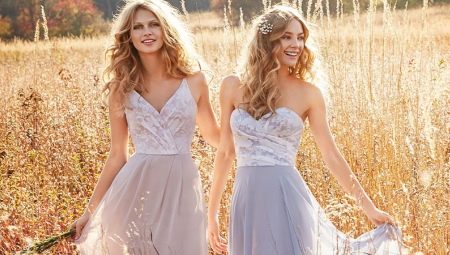
Today, a variety of woven materials are used to sew beautiful and high-quality dresses. They are expensive and cheap, dense and light, regular and flowing. In this article, we will provide a detailed overview of the very best fabrics for dresses.

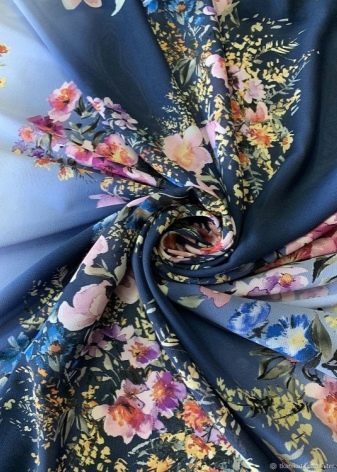
Types by composition
Absolutely all woven fabrics that are used for sewing modern attractive dresses are primarily divided according to their composition. On sale, buyers can find natural, synthetic, and mixed goods of good quality.
Each type of material has its own advantages and disadvantages, which must be considered before buying a particular item.
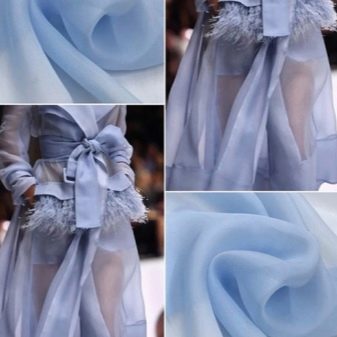
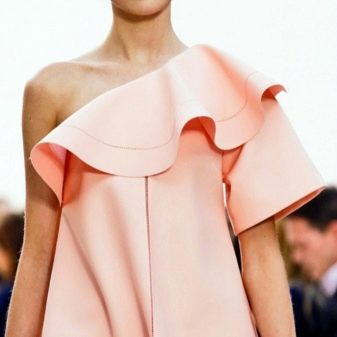
Natural
Natural fabrics are the best for making high quality dresses. Such fabrics are characterized by excellent hygienic characteristics. As a rule, these are hypoallergenic and breathable options that are very comfortable to wear. In addition, there are no harmful chemical additives in natural materials, which indicates the environmental friendliness of the finished product.
Let's get acquainted with the list of the most popular natural fabrics that are widely used in the manufacture of dresses today.
- Linen. This natural canvas has a high level of durability. Linen has many advantages. They are hygroscopic, in which the human skin breathes, does not experience discomfort. In addition, flax does not accumulate static electricity and prevents the emergence and development of bacteria. Most often, the simplest models of everyday dresses are sewn from the fabric in question.They are not hot in summer and not cold in winter.
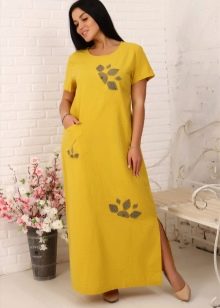
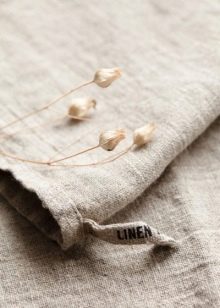
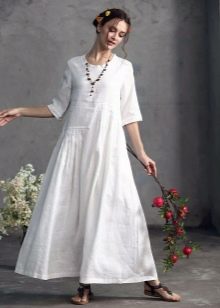
- Cotton. Inexpensive cotton fabric that can have different weights. The color and texture of cotton items also vary. Modern cotton dresses absorb excess moisture very well, are breathable, and do not accumulate static electricity. Both summer and winter varieties of fashionable dresses are sewn from cotton.
The fabric under consideration is characterized by weak extensibility, high wrinkle.
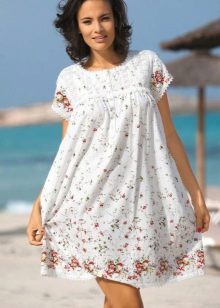

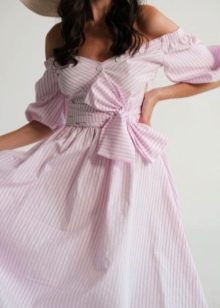
- Silk. Natural silk is a very beautiful and expensive fabric. This material has a characteristic shiny surface. Made from silkworm cocoons, it is lightweight. Silk dresses can be beautifully draped and have excellent hygienic properties. Such things easily absorb moisture, after which they evaporate just as easily. In hot weather, a silk dress will give you coolness, and in cold weather it can warm you up.
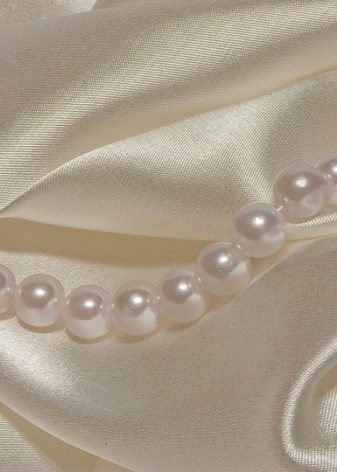
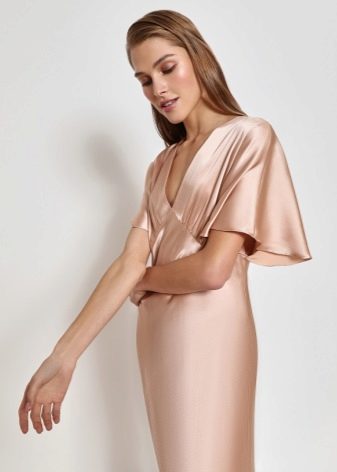
- Chiffon. This name belongs to fine silk. The material is transparent and very light. Chiffon dresses are weightless, airy, embodying femininity and tenderness.

- Wool. There are many different variations of this natural fabric. For the production of modern dresses, not only thin, but also denser types of wool are used. The finished products are characterized by a high level of softness and are easy to drape. Wool is a wrinkle-free fabric with excellent thermal insulation and hygienic properties. Unfortunately, woolen dresses are characterized by low wear resistance and are prone to shrinkage.
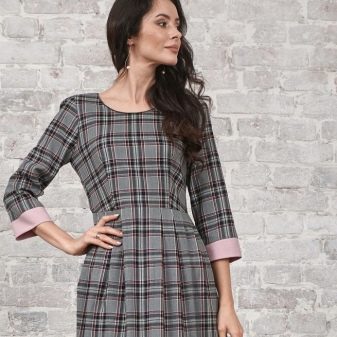
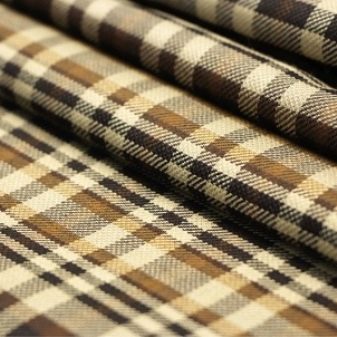
- Taffeta. It is a dense material, which may contain fibers of silk, linen and cotton. There are options with synthetic or blended yarns. Taffeta does not absorb water well enough, is characterized by a beautiful appearance, perfectly keeps the correct shape. In addition, taffeta dresses are durable and wear resistant. Unfortunately, the matter wrinkles easily and can form untidy creases.
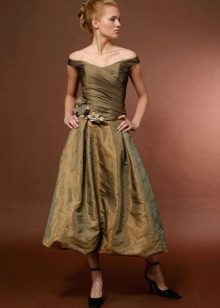
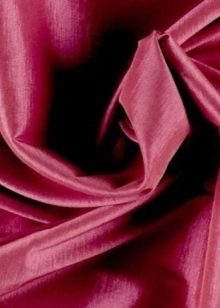
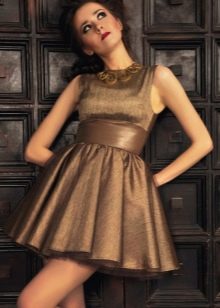
- Suede leather. Modern models of suede dresses look unusual and aesthetically pleasing. This material is one of the varieties of cotton fabrics, it is distinguished by a noble appearance, but at the same time it is quite expensive. Suede can be not only natural, but also artificial.
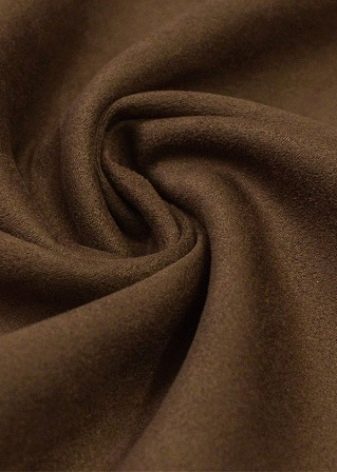
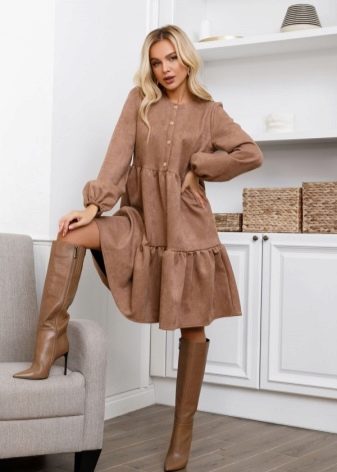
Synthetic
Many models of dresses today are sewn from synthetic materials. Let's consider the features of the most popular of them.
- Barbie. A flowing, yet dense type of fabric. First of all, the barbie is presented as a modern costume textile, which is ideal for making business-style clothing. The fabric is characterized by a rough texture, is very delicate and tactilely pleasant. The surface of the barbie dresses is matte. The very composition of the fabric in question is combined of polyester, viscose and spandex. Elastane is added in certain quantities. Textiles can be either monochromatic or supplemented with different patterns.
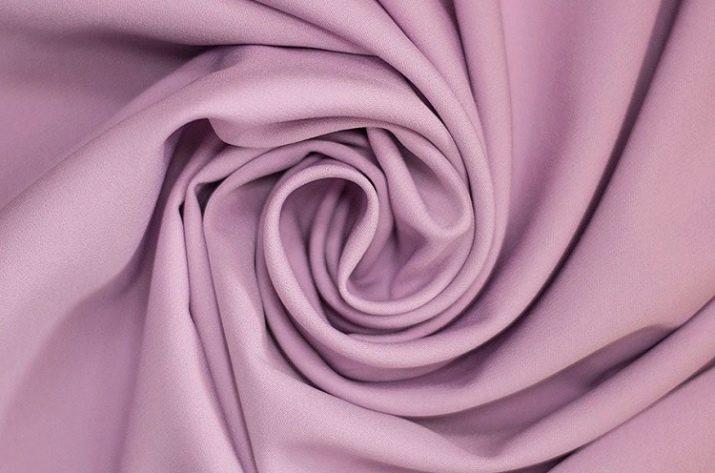
- Elastane. A very popular synthetic material that can be easily stretched up to 8 times. After that, the fabric just as easily returns to its original state. Elastane is moisture resistant - it absorbs moisture poorly, but at the same time, dirt does not get too deep into its fibers. The material is light and thin, rather dense.
Things made of elastane are not subject to strong creasing, do not lose their original brightness of colors, and are pleasant to the touch.
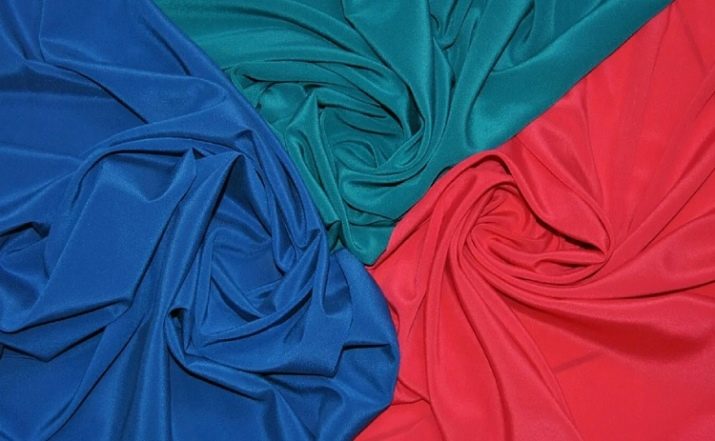
- Polyester. The specified matter is currently one of the most demanded and practical. Synthetic fabric is suitable for the production of a variety of things, has many positive characteristics. Polyester is lightweight and flexible, not subject to strong creases, easy to clean. In addition, the fabric is not afraid of exposure to ultraviolet radiation, does not stretch, does not shrink.Polyester dresses are very easy to care for.
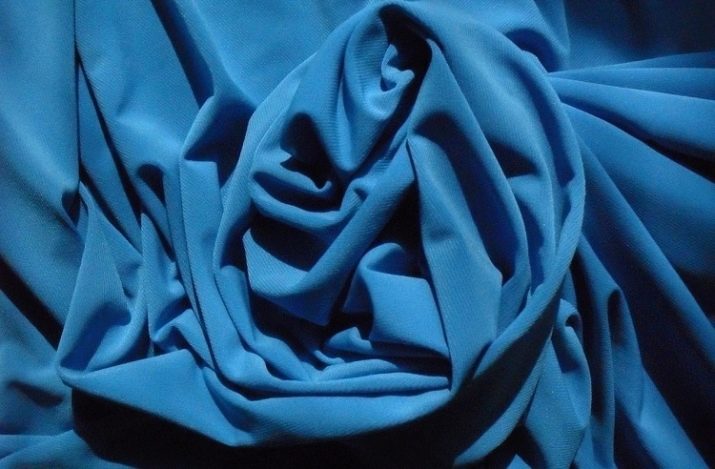
- Supplex. Fabric that stretches easily. It is based on synthetic fibers. Supplex is produced by means of a weaving process. High-quality things made of this material are characterized by practicality and an optimal level of density, are tactilely pleasant, breathable.
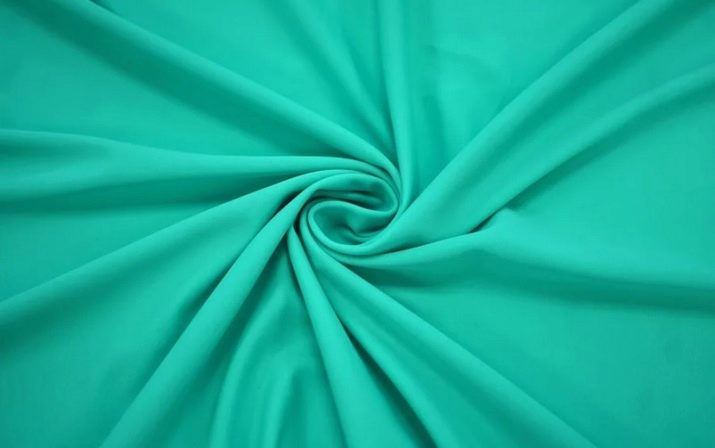
- Brokat. High quality synthetic material that is produced using the same technology as brocade. The raw materials are very demanding in terms of care. Brokate dresses are usually not made for casual models. As a rule, wedding or chic formal dresses are sewn from it. For a more affordable canvas, polyester threads are used with the addition of viscose, and sometimes natural silk. Lurex fibers are added for shine.
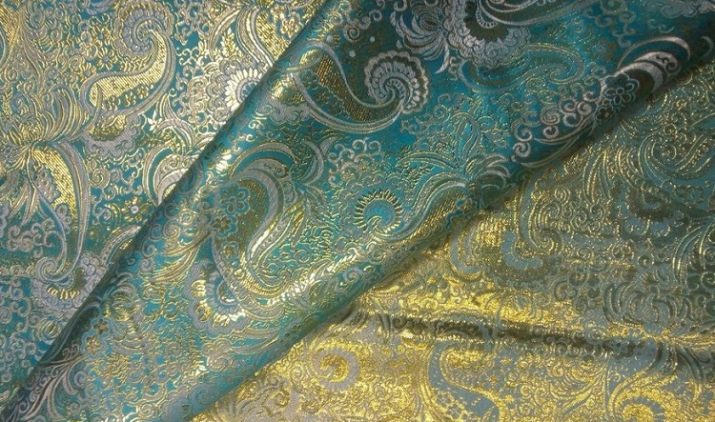
Mixed
High quality blended materials are widely used in modern textile industries. Let's take a closer look at the characteristics of some of them.
- TiSi. A very practical and high quality fabric based on mixed fibers. The fabric is made from a combination of polyester, rayon and cotton. The fabric is lightweight, with excellent strength characteristics. In addition, TiCi items are durable, wear-resistant and breathable. High-quality outfits always keep the correct shape, do not attract dust.

- Openwork. May be presented as a blended material. Openwork is usually an attractive lace that has a through or mesh pattern. In the production of this fabric, yarns of various types are often used.
The most reliable and dense things are obtained from mixed openwork.
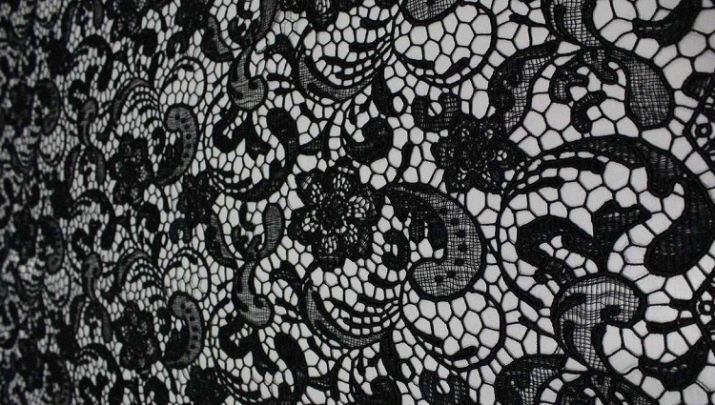
- Greta. The material, which practically does not wrinkle, does not form ugly folds, and does not shrink after washing. Things from Greta do not lose the brightness of colors even after many washes, do not fade under the influence of the sun's rays. The fabric itself provides for twill-type weaving; it contains equal proportions of polyester and cotton.
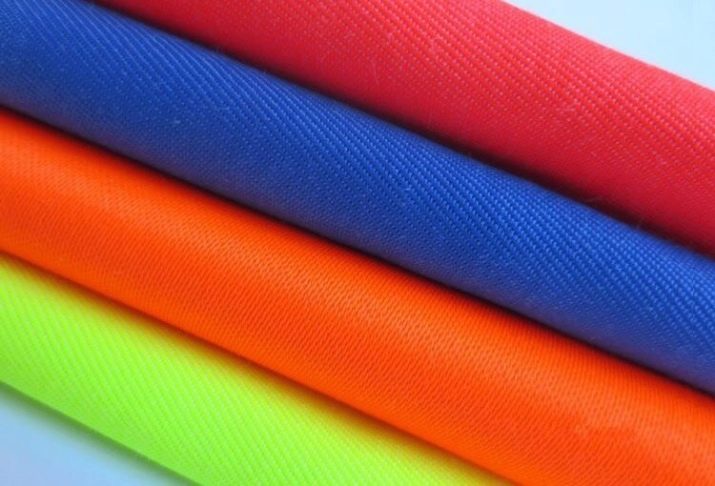
- Sisu. Popular blended fabric. Its production has been established at Belarusian factories. The textiles in question are often used to produce clothing for the medical industry, as well as catering. Despite this, some manufacturers produce very pretty models of sisu dresses and skirts. This fabric contains 23% cotton and 77% polyester.
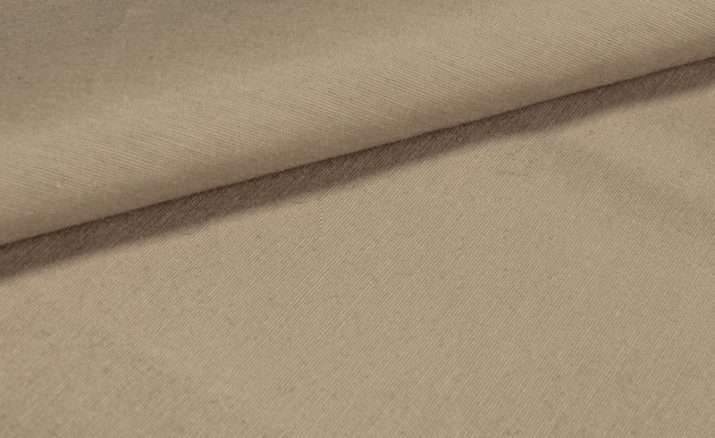
Types by weaving method
Today, you can find a great variety of different dresses on sale, for the production of which translucent and lace, and lining, and bandage, and blouse fabrics of various types are used. But, when choosing a specific option, it is worth considering the method of interweaving the fibers in its composition. Let's analyze the main types of weaving of threads of modern fabrics for dresses.

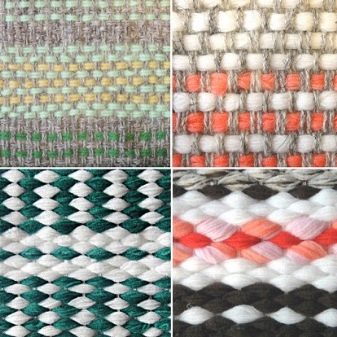
Simple
Simple weave options are also called main ones. These types of fabrics include the following types of weaving:
- linen;
- twill;
- satin (or satin).
So, weaving of the linen type is most often used in the manufacture of high-quality things from cotton materials, as well as linen, woolen and silk fabrics. In this type of creation, each of the warp threads is intertwined with the weft. All this is done according to the type of checkerboard order.
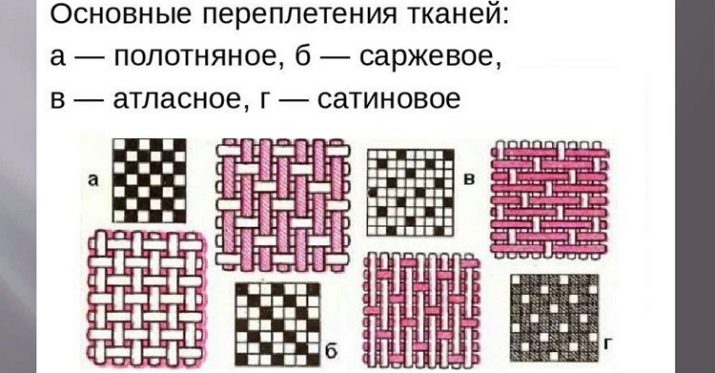
Fabrics with a plain weave are characterized by low rigidity and strength level. As for the twill weaving, it is used in the manufacture of lining-type fabrics. We are talking about cotton dress fabrics, twill, lining silk. The twill can be basic or weft.
Satin weaving is also called satin. It is this way of processing that gives the canvases a smoothness and an attractive shine. This forms elongated woven overlaps as well as weft overlaps.The fabrics characterized by the weaving in question are resistant to abrasion, rather soft.
Their main disadvantage is the increased crumbling in the area of open sections. This problem occurs due to the low fixation of threads in matter.
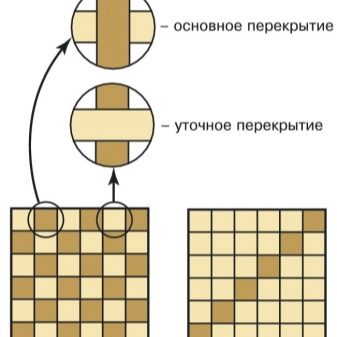
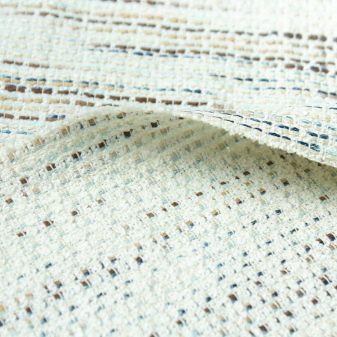
Small-patterned
Weaving of this type falls into 2 main categories:
- derivatives of basic weaves;
- combined options.
The first type of weave corresponds to such fabrics as matting, reps, reinforced twill (and many other types of fabric), reinforced satin. As for the combined options, in them weaving is formed by alternately distributing or combining warp threads.
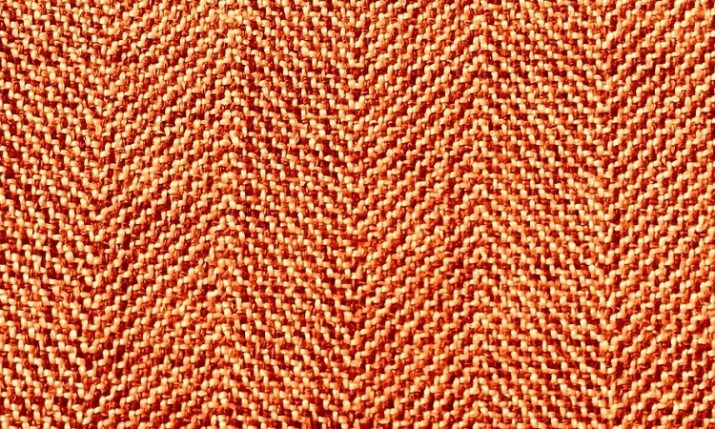
Large-patterned
The indicated variations of the weave of the threads can be immediately recognized by the non-trivial pattern. These can be interesting compositions of a geometric type, ornaments of a floristic direction, or full-fledged storylines in color. Usually, fabrics in which a large-patterned weave is provided are produced on special jacquard looms.
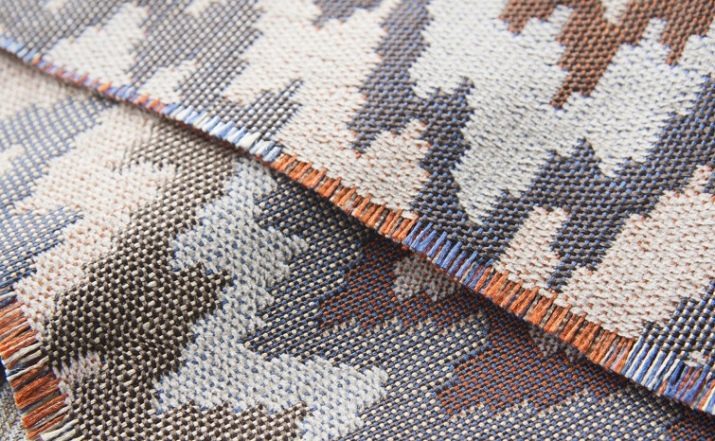
Complex
This name belongs to weaves formed from 3 or more thread systems. Typically, this variation in production involves two-layer, double-faced and pile fabrics. Modern models of dresses, made with the help of intricate weaving of threads, turn out to be very attractive. Let's look at the main advantages of this option for making fabrics:
- almost all complex weaves are durable, they are difficult to break;
- complex weaves of threads can withstand more severe mechanical stress.
Unfortunately, fabrics with a complex weave turn out to be capricious in matters of cutting. They are prone to shedding. In addition, the openwork variations in the connection of the threads are not too dense, and the fabric made with their use can shine through too much.
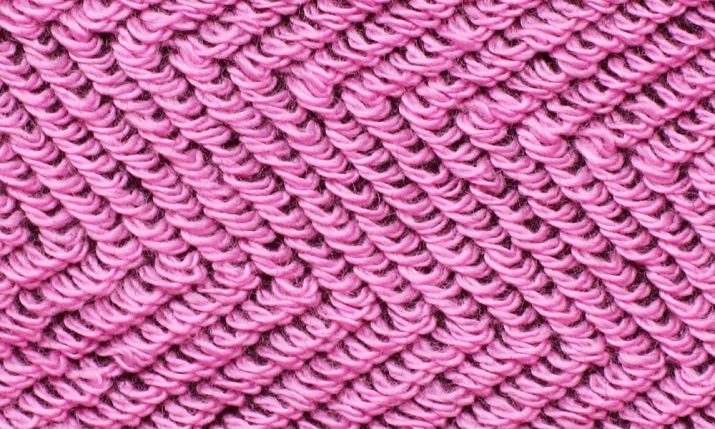
What to consider when choosing?
You need to carefully select the fabric for the dress. There are many important nuances to consider. Let's analyze the most significant of them.
- First of all, you should decide on the role of the dress, since the same materials will not be suitable for everyday summer, wedding and ballroom dancing products. Based on the purpose of the garment, it will be much easier to choose a specific woven fabric.
- It should be borne in mind that the highest hygienic requirements are imposed on those fabrics from which dresses will be used for everyday wear. Since these things have to be worn for several hours in a row, they must be made of breathable and hygroscopic material. The canvas must effectively absorb moisture and then move it out. At the same time, the human skin must breathe.
- A very important role is played by the season, against the background of which the wearing of a quality dress is planned. So, things for the summer and winter are very different from each other. We are talking not only about different styles, but also about different compositions of canvases. So, for making warm dresses, fabrics such as natural wool, knitwear or inexpensive viscose are best suited.
- Currently, there is a very rich assortment of beautiful evening and cocktail dresses. As a rule, such things are worn for short-term wear (about 4 hours). Not the most serious hygienic requirements are imposed on such fabrics. Here, the style of the dress, its drapery and design come to the fore. Spectacular things can be complemented by sequins and many other decorative components. The best fabrics for evening dresses are satin, silk, brocade, taffeta, velvet and lace.
- If the ideal type of fabric is selected for a high-quality children's dress, then it is best to pay attention to cotton, rayon and linen.The linens must be hypoallergenic and of natural origin. Elegant children's dresses are often complemented by beautiful embroidery or other pretty decorations. Any thing should be environmentally friendly, as comfortable as possible.
- Another natural fabric, silk, is perfect for making a children's dress.
The fabric is light and very beautiful, but it will require the most careful and delicate care. This must be taken into account, since children's clothes get dirty quickly and often.









